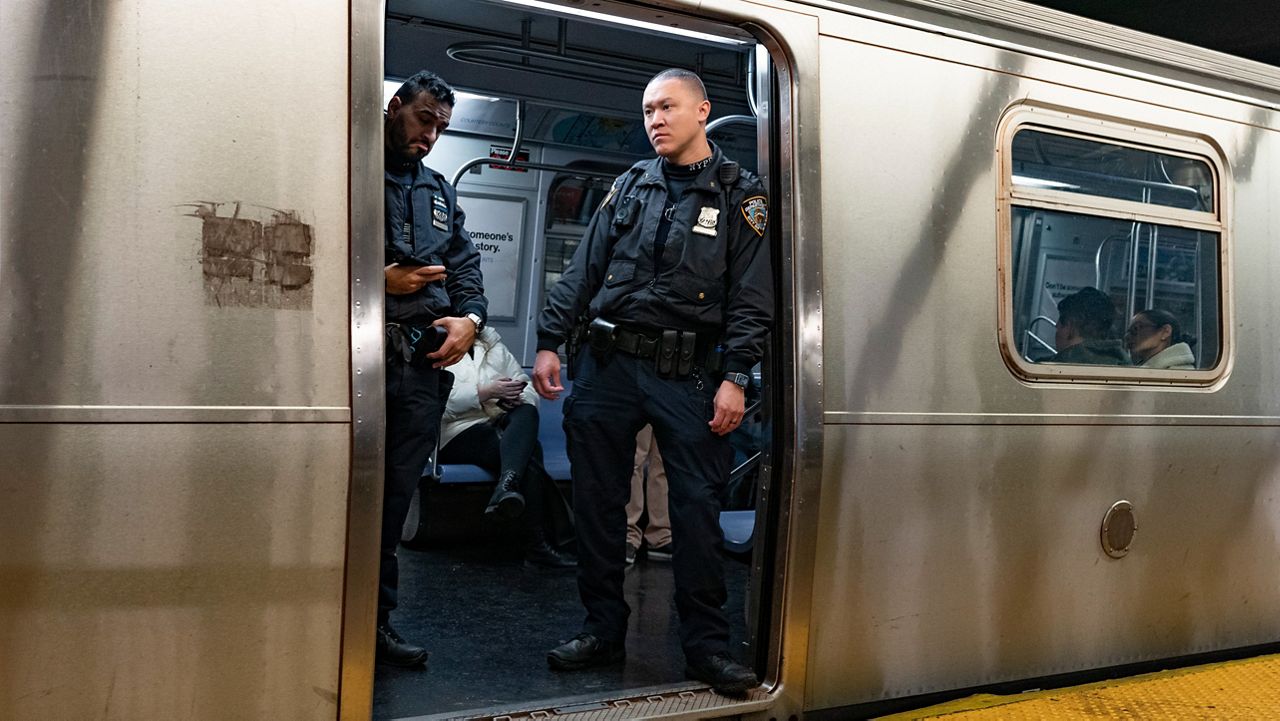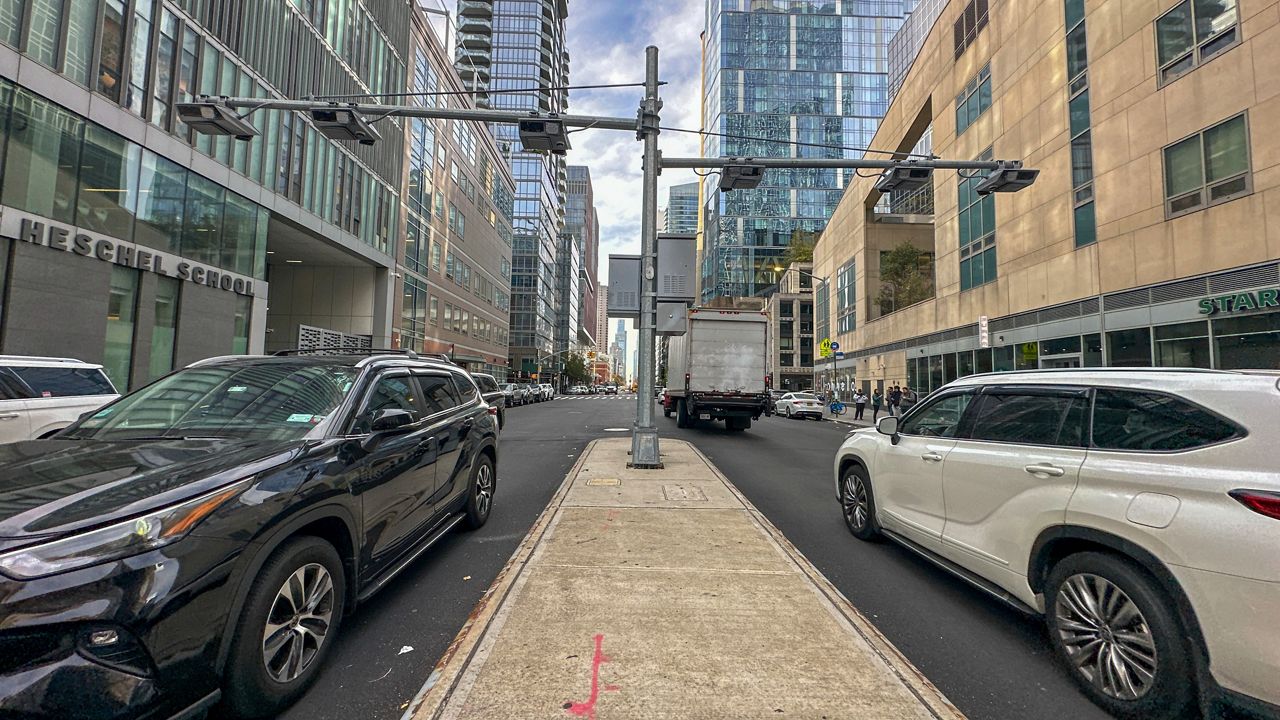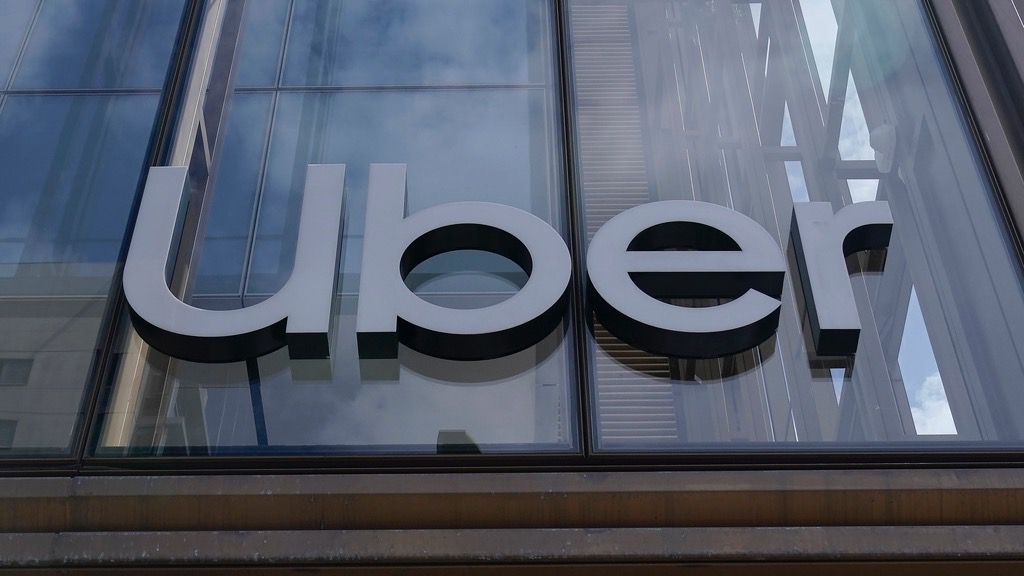Subway riders have become accustomed to scenes of water rushing into subway stations during rainstorms. This is despite the Metropolitan Transportation Authority setting aside $7.6 billion for resiliency projects after Hurricane Sandy.
Now, the MTA is preparing for the effects of climate change by creating a Climate Resilience Roadmap.
"What are we most worried about in our system? And that allows us to develop strategies to act. Some of the acting we can do in the short-term — little things like raise steps, and dealing with the vents that go into the system," said Jamie Torres-Springer, the president of MTA Construction and Development. "Some of the actions take a longer time and we make big investments in the system."
Torres-Springer said the MTA has already addressed flooding at about 178 stations. The roadmap details other investments, which will be part of the MTA's next five-year capital plan, expected to debut in the fall.
This will involve things that are seen and things that are not seen, like ventilating back-of-house communications systems.
"These are old systems to begin with. You’re not cooling them," said Janno Lieber, the chair and CEO of the MTA. "We're at risk, not just shutting down the subway system, but our ability to communicate.”
No specific project details were presented at a board meeting Wednesday. But Torres-Springer said he is not just focusing on the big-ticket items.
"More importantly, we're making resiliency investments in everything we do," Torres-Springer said. "So when we go to fix something in our system, we fix it or replace it so it will be more resilient to these climate changes in the future."
The full details of the roadmap will be presented in March, and much of the funding for it is dependent on congestion pricing.









